#commelinid
Explore tagged Tumblr posts
Text
@headspace-hotel, I know you like to talk about cane breaks sometimes. You interested in this?
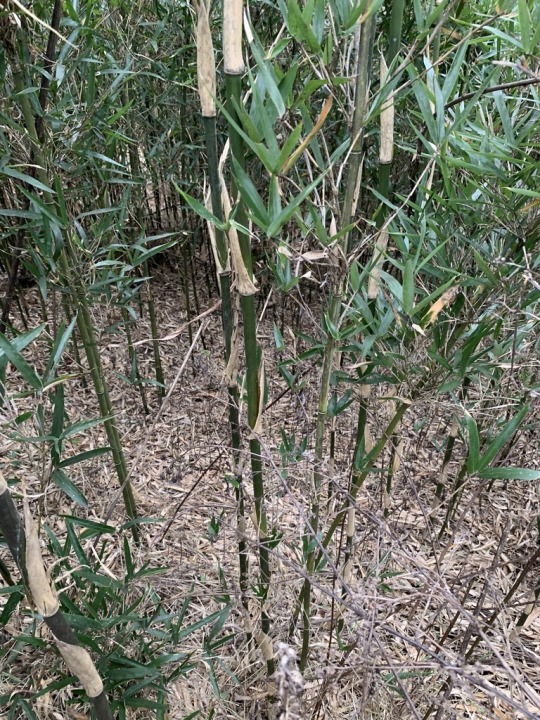
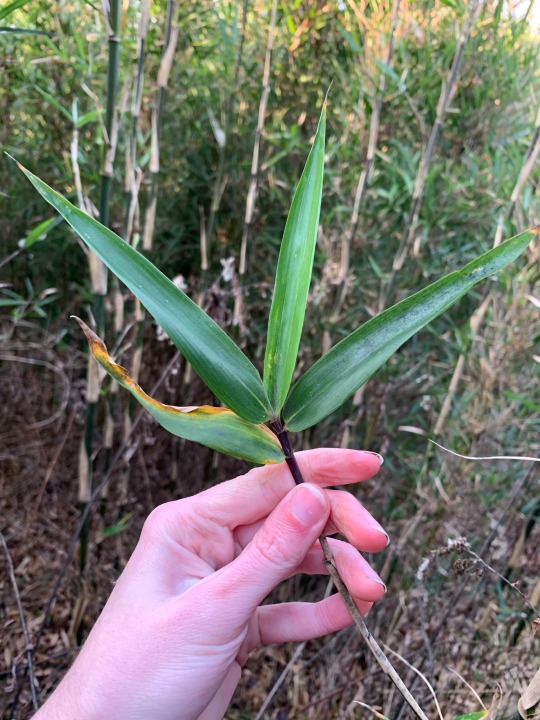

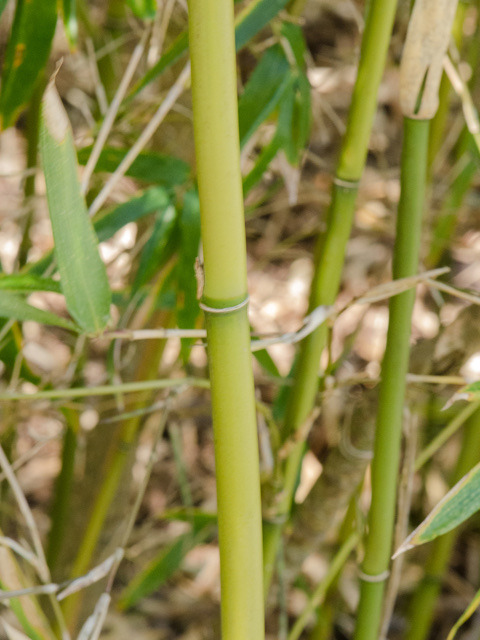


Cool Plant: Arundinaria gigantea
Giant River Cane
This plant is extra special! Not only is it one of three members of the genus Arundinaria, which together are North America's only native bamboo, it also once formed extensive bamboo forests in the American Southeast known as canebrakes, where the bamboo stalks could exceed 30 feet tall! The bamboo forests are thought to have covered 10 million acres of the southeastern United States.
River cane grows in damp areas such as low-lying woods and the edges of creeks, and has incredible abilities for resisting erosion and filtering contaminants from groundwater. It is a fire dependent species, and canebrakes were maintained by Native Americans using controlled burns. Native American peoples such as the Cherokee and the Choctaw used the river cane as a super tough all purpose crafting material for everything from flutes and blowguns to baskets, backpacks, mats and bed frames.
Nowadays, it mostly only exists in small patches along fences and in ditches, where it usually grows no taller than 10 feet or so. Since it grows in large clonal colonies and only produces seeds once before the entire patch dies, it is hard for it to reproduce these days. The destruction of the canebrakes by colonists' cattle, plowing, and neglect of the caretaking practices are thought to have helped drive the Carolina parakeet and passenger pigeon to extinction.
Many other species depend on the Arundinaria bamboos to live: there are at least 9 butterfly and moth species that use it as a host plant, and some of the rarest plants in the Southeast, including the Venus flytrap, are often found in remaining fragments of canebrakes.
210 notes
·
View notes
Text

Isolepis setacea
#isolepis setacea#wikipedia#wikipedia pictures#wikimedia commons#nature#plants#grass#sedge#bristle club-rush#bristleleaf bulrush#plantae#plantblr#plant aesthetic#tracheophytes#angiosperms#monocots#commelinids#poales#cyperaceae#isolepis#i. setacea#plantcore
12 notes
·
View notes
Text
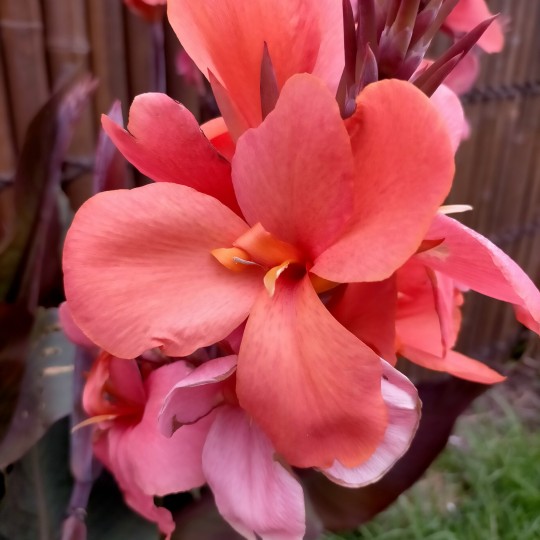
Canna cv.
03-JAN-2023
Melbourne, Vic
#australia#victoria#melbourne#flowers#pink#pink flowers#canna lily#commelinids#zingiberales#cannaceae#canna
3 notes
·
View notes
Text
shoutout to arecales they have done so much for us
#actually shoutout to commelinids in general#tropical it girls#they've given us coconuts toddy(i just like palmyra seeds) bananas#plus they look pretty#no losers here
1 note
·
View note
Text
@stuckinuniformdevelopment
(prev) “Huh, I assumed the restaurant came first. Surely removing detail while keeping them recognizable is harder than the other way around.” Teddy was about to ask if there were any characters based on commelinids vascular bundles when Bert asked what seemed to be leading up to a far more important question. Should he start working on a plan for “breaking up” with Shep? While he’d feel bad about ending it before they reached their planned end conditions, it seemed that their relationship had already exhausted its potential. “I rarely eat out,” He said as he shook his head. Then he turned to face Bert and smiled. “Why?”
Bert kind of cringed and said “uck, well, I would not recommend a Gelatinous Bob’s for eating. Their pizza is rather cardboard-y. I guess their ice cream selection is decent though.”
“Anyway! I ask because they’ve recently been installing a new cabinet game at select locations, and it's based directly on the show!,” he said as he poked his hand out of his blanket to point at the monitor. “The only problem is it’s one of those games that requires two players. Won’t even let you play with a CPU.”
He turned to Teddy and grinned. “It might not be as fun for you, but would you let me drag you along sometime to play it? Hehehe…”
2 notes
·
View notes
Text
@albertbutyoucancallmebert
(Previous) Bert wasn’t sure what to make of Teddy’s reassurance. He was about to ask what he meant when he commented on the artstyle. “Doesn’t it? They managed to translate animatronic mascots into memorable 2d character designs very well.” Bert paused for a moment. “...Hah, uh, have you ever been to a Gelatinous Bob’s?”
"Huh, I assumed the restaurant came first. Surely removing detail while keeping them recognizable is harder than the other way around."
Teddy was about to ask if there were any characters based on commelinids vascular bundles when Bert asked what seemed to be leading up to a far more important question.
Should he start working on a plan for "breaking up" with Shep? While he'd feel bad about ending it before they reached their planned end conditions, it seemed that their relationship had already exhausted its potential anyways.
"I rarely eat out," He said as he shook his head. Then he turned to face Bert and smiled. "Why?"
2 notes
·
View notes
Text
Also palms aren't grass- they're in the same clade as grass, but in a different order. Other plants in the same clade (but different orders than palms OR grass) are:
Bird of Paradise:

And water hyacinths:

and tradescantias:

Palms have their own family, Arecaceae, while grasses are Poaceae.
Just for funsies, the trees pictured in the original post are an oak (Rosids clade, order Fagales), a palm (Commelinids clade, Arecales order), and a juniper (Gymnospermae clade, order Cupressales)
You can also have an arbutus, which is an Ericales from the Asterid clade:

A tree fern, from the Tracheophytes clade:

And like, so many others. SO many. So very many. The plants, they keep doing it.
Everyone loves to talk about carcinization but nobody talks about how unrelated clades of plants repeatedly evolve into trees.
2K notes
·
View notes
Text
https://www.facebook.com/groups/plant.taxonomy.vn/permalink/1209747359705500/
0 notes
Text
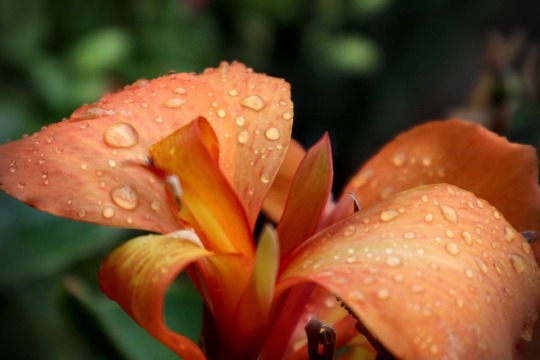
Canna or Canna lily orange color flower plant is the only genus of flowering plants in the family Cannaceae, consisting of 10 species. Cannas are not true lilies, but have been assigned by the APG II system of 2003 to the order Zingiberales in the monocot clade Commelinids, together with their closest relatives, the gingers, spiral gingers, bananas, arrowroots, heliconias, and birds of paradise. The plants have large foliage, so horticulturists have developed selected forms as large-flowered garden plants. Cannas are also used in agriculture as a source of starch for human and animal consumption
0 notes
Photo
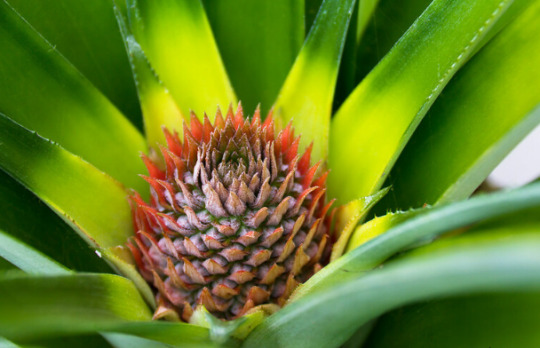
Pineapple Ananas comosus Source: Here
#pineapple#plant#plantae#bromeliad#bromeliaceae#angiosperm#monocot#commelinid#poales#green#greenery#growth#fruit
62 notes
·
View notes
Text

5/24/20
0 notes
Text

Jansenella
#anyways i adore this photo#thank you wikipedia randomizer#wikipedia#wikipedia pictures#nature#plants#botany#jansenella#wikimedia commons#grasses#grass family#tracheophytes#angiosperms#monocots#commelinids#poales#poaceae#Andropogonodae#Arundinelleae#plantcore#herbology#horticulture
16 notes
·
View notes
Text
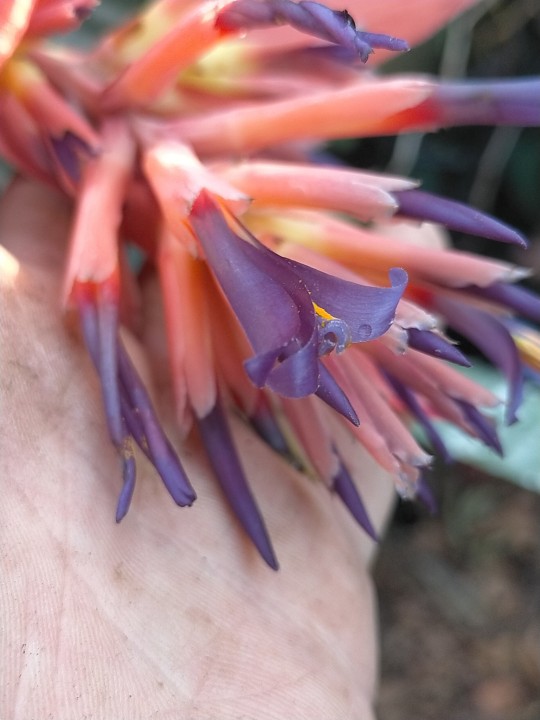
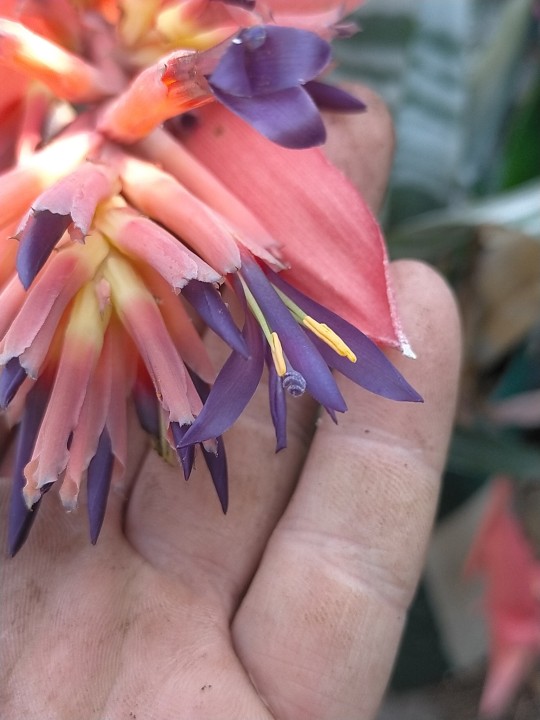
Billbergia sp/cv
02-AUG-2023
Melbourne, Vic
#australia#victoria#melbourne#flowers#pink and purple#pink#purple#bromeliad#commelinids#poales#bromeliaceae#bromelioideae#billbergia
1 note
·
View note
Photo
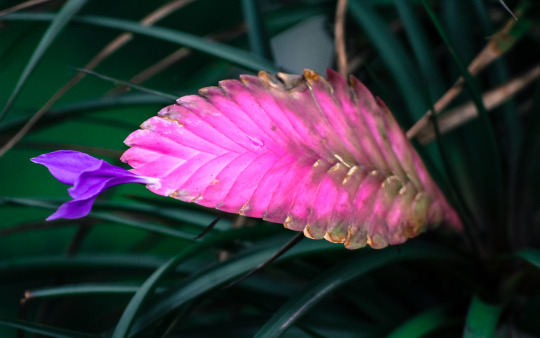
Pink Quill flower Tillandsia cyanea
El Yunque, Puerto Rico, United States, 2014 El Yunque National Forest
#pink quill#tillandsia cyanea#tillandsia#bromeliad#bromeliaceae#poales#commelinid#commelinids#monocot#monocots#angiosperm#angiosperms#plant#flower#El Yunque#Puerto Rico#United States#El Yunque National Forest
26 notes
·
View notes
Text
Plants, Areca hutchinsoniana
Areca hutchinsoniana is a species of flowering plant in the family Arecaceae. It is found only on the island of Mindanao in the Philippines. Areca hutchinsoniana Conservation status Endangered (IUCN 2.3)[1] Scientific…
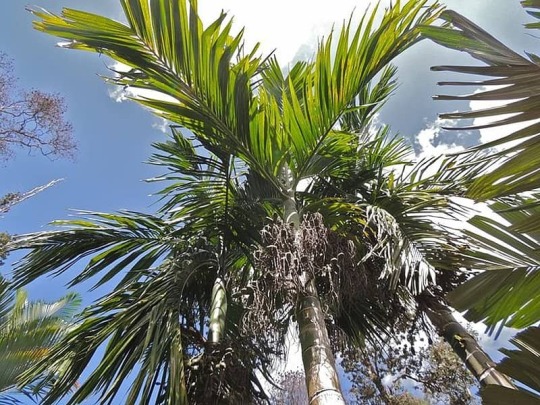
View On WordPress
#10 ejemplos de método científico en la vida cotidiana#Angiosperms#Areca#Areca hutchinsoniana#Arecaceae#Arecales#Commelinids#endangered#endangered plants#hutchinsoniana#Monocots#Plantae#Tracheophytes
2 notes
·
View notes
Text
I just found out commelinids give us most staple crops so like shout out to them also
shoutout to arecales they have done so much for us
1 note
·
View note